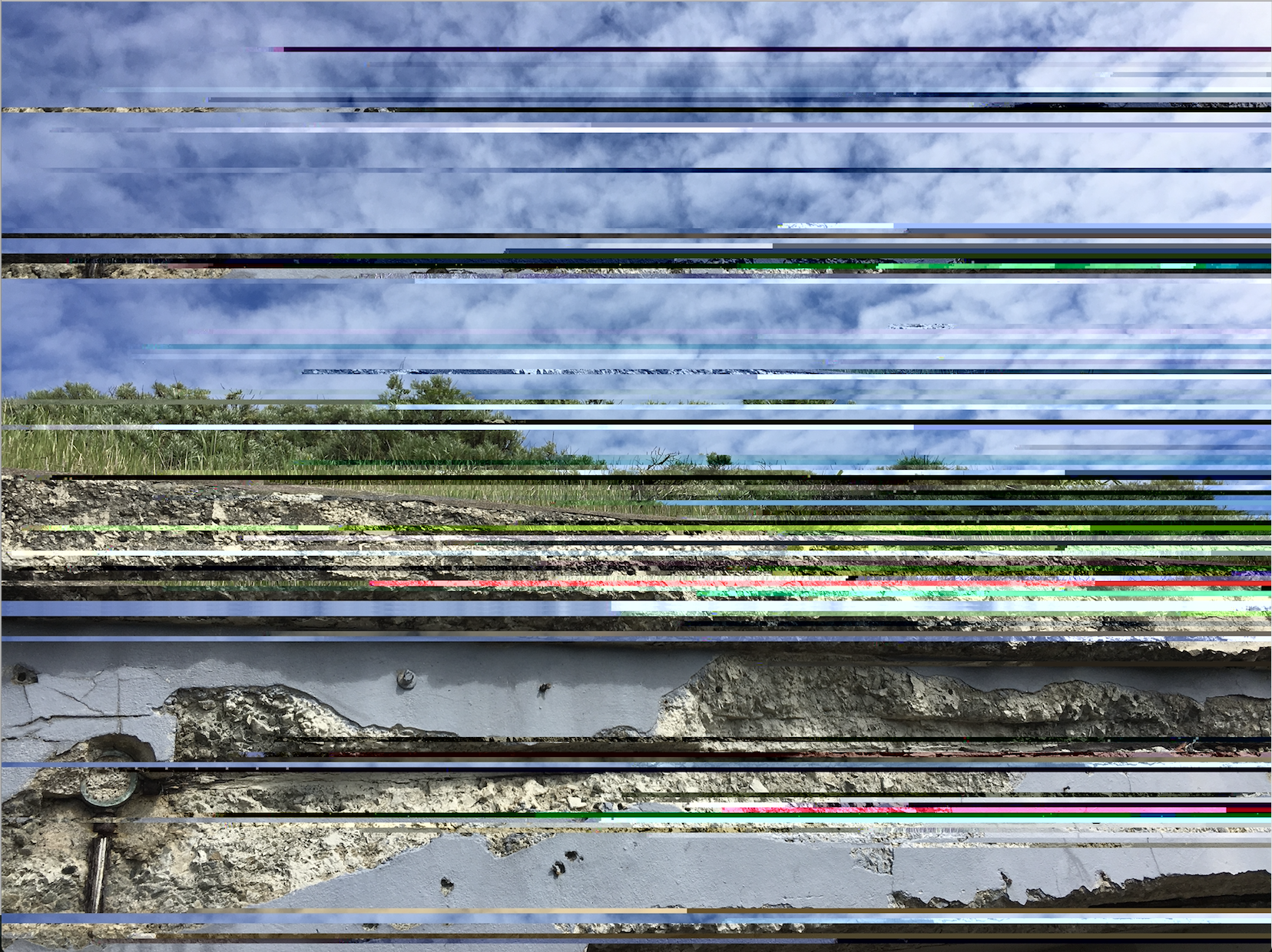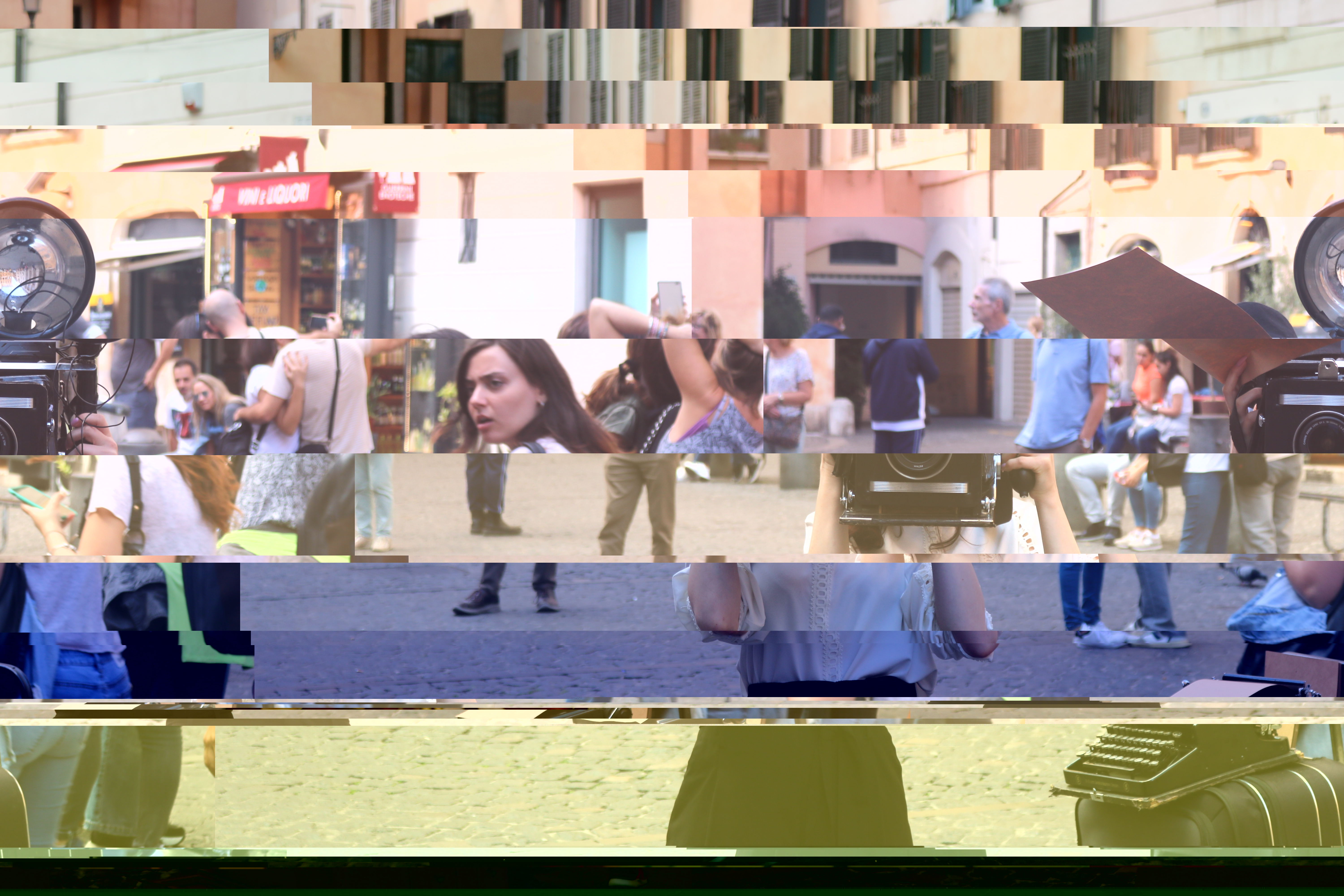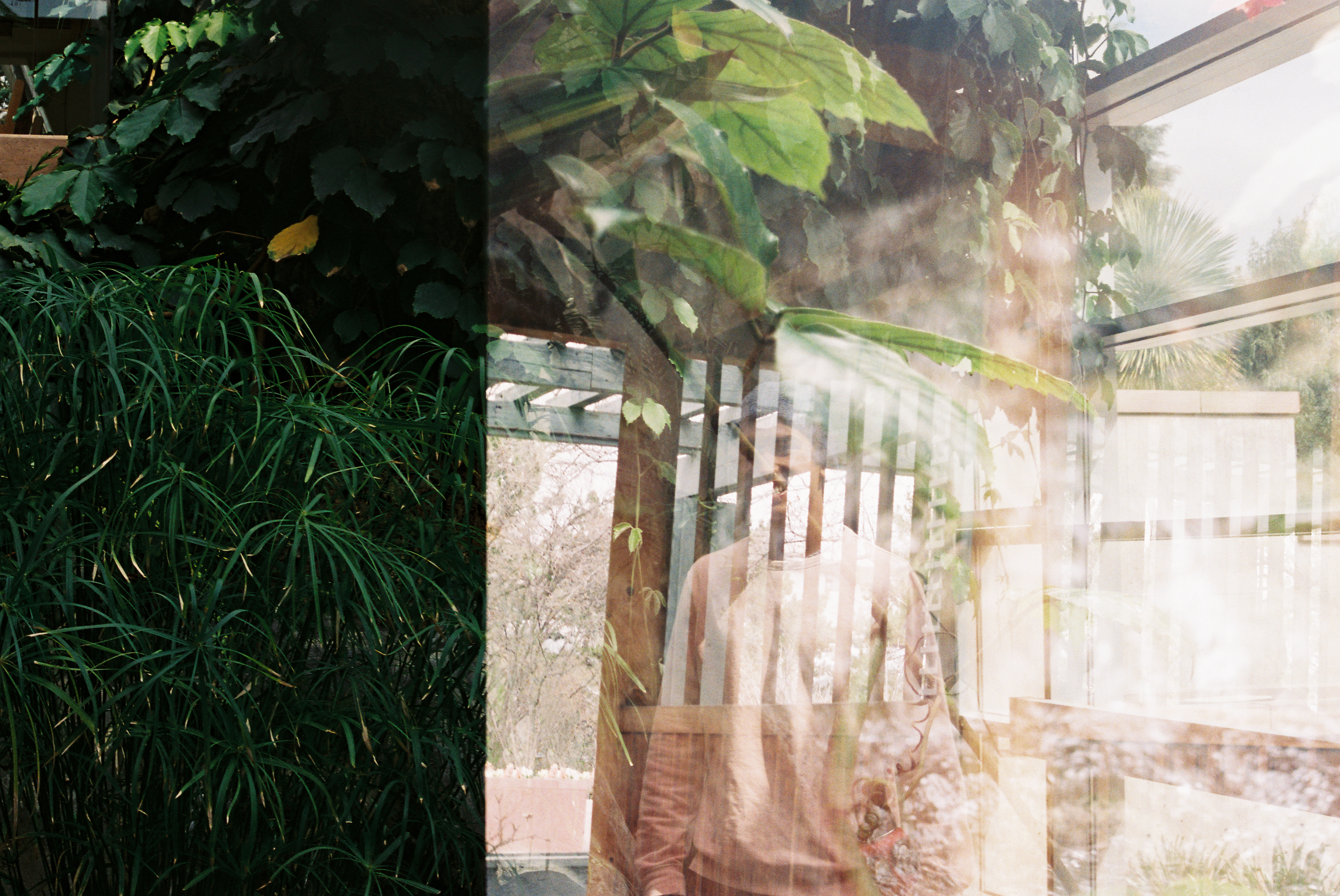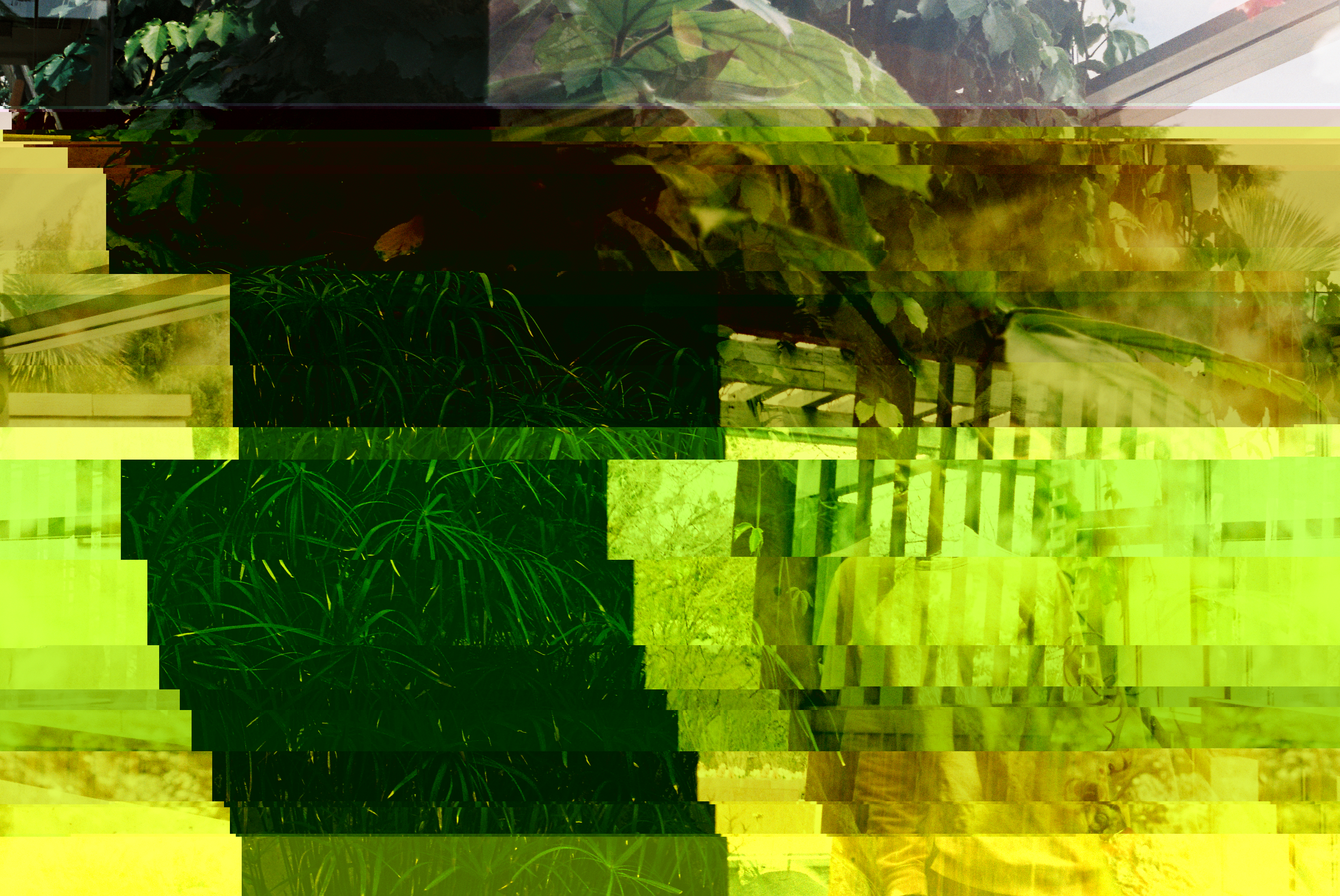G̷̜̏l̴̳͐̀i̩͉t̹̯̚c̷̑ͅḩ̀͠
Image #1

Image #2

Image #3


The images that I chose for this project relates both to Legacy Russell’s Manifesto, Glitch Feminism, in addition to discussions of the internet that we had throughout the first few weeks of this course. All three photos were taken by me, within my four years of college but at very different times in my life. The first photo is from my hometown, while I was visiting early on in college prior to taking a lot of the courses I now have. When I took the photo, I felt that there was something about it, the colors, textures, and contrast that intrigued me. Yet, I didn’t have the knowledge of editing or even further glitching that I have now had the opportunity to play around with. For this photo, I started by going through practically line by line, altering a single letter or more and simultaneously cutting and pasting sections. My plan was to recreate certain parts of the photo, line by line, across the different sections that initially popped out at me. In addition, by adding single letters I was able to alter color, and in some parts even show a transparent background with colors overlaying it – creating an entirely new image within the original one. “The glitch posits: One is not born, but rather becomes, a body” (Russell, 18). The lines came out very thin, however after creating enough of them I felt a new ‘body’ formed.
The next photo I took while I was studying abroad in 2019, right before COVID, in a busy square in Rome, Italy. This captures a variety of people and objects that I found very interesting and relevant to our class. The original image is of a woman with an extremely old- timey camera, standing in the crowd taking pictures of people and occasionally printing it out as a physical image. Surrounding her are a number of individuals and groups of people, clearly showing their cell phones and taking photos of themselves/surroundings. The contrast between these two forms of images and sharing them was what excited me about using this image. In Zeynep Tufekci’s piece discussing whether the internet is a good thing, a bad thing, or if it can be both, he says, “digital channels are one of the easiest ways we have to talk to one another, and sometimes the only way” (Tufekci, 1). This makes me think about a world after COVID, and how this image would look so different just months later. Certain objects like the iPhone have made it possible to communicate strictly through digital channels, possibly with a consequence. Similar to what Limor Shifman has to say about “the coupling of the meme concept and digital communication...Like it, it may be messy and complicated, but continuously interesting.” (shifman, 373-374). The chaos of the glitch captures these elements and makes them stand out, framing them with the large old-fashioned camera.
The final picture was also highly intriguing when I initially saw it, after finding my mom’s old film camera and developing my first roll of film. The camera captured four or five images and overlaid them in one photo, somewhat of a malfunction. “To glitch is to embrace malfunction” (Russell, 22). This glitch is the most distorted, but it also started out this way. I tried my best to push the plants that started out on the left towards the center, as they captured my eye in the original photo. This resulted in extreme changes to the rest of the photo, as I found this one to be the most sensitive out of all three.
Return to home